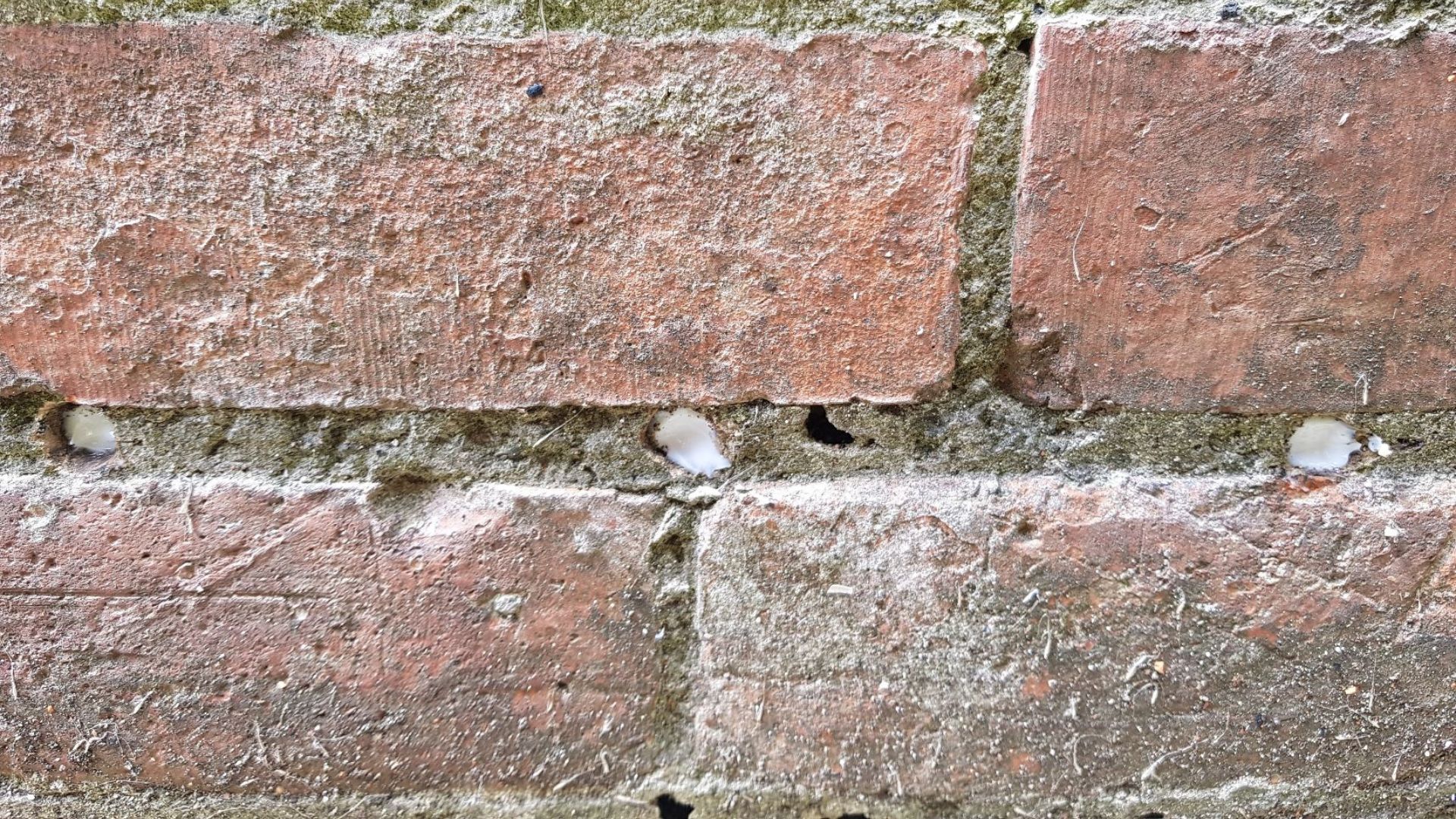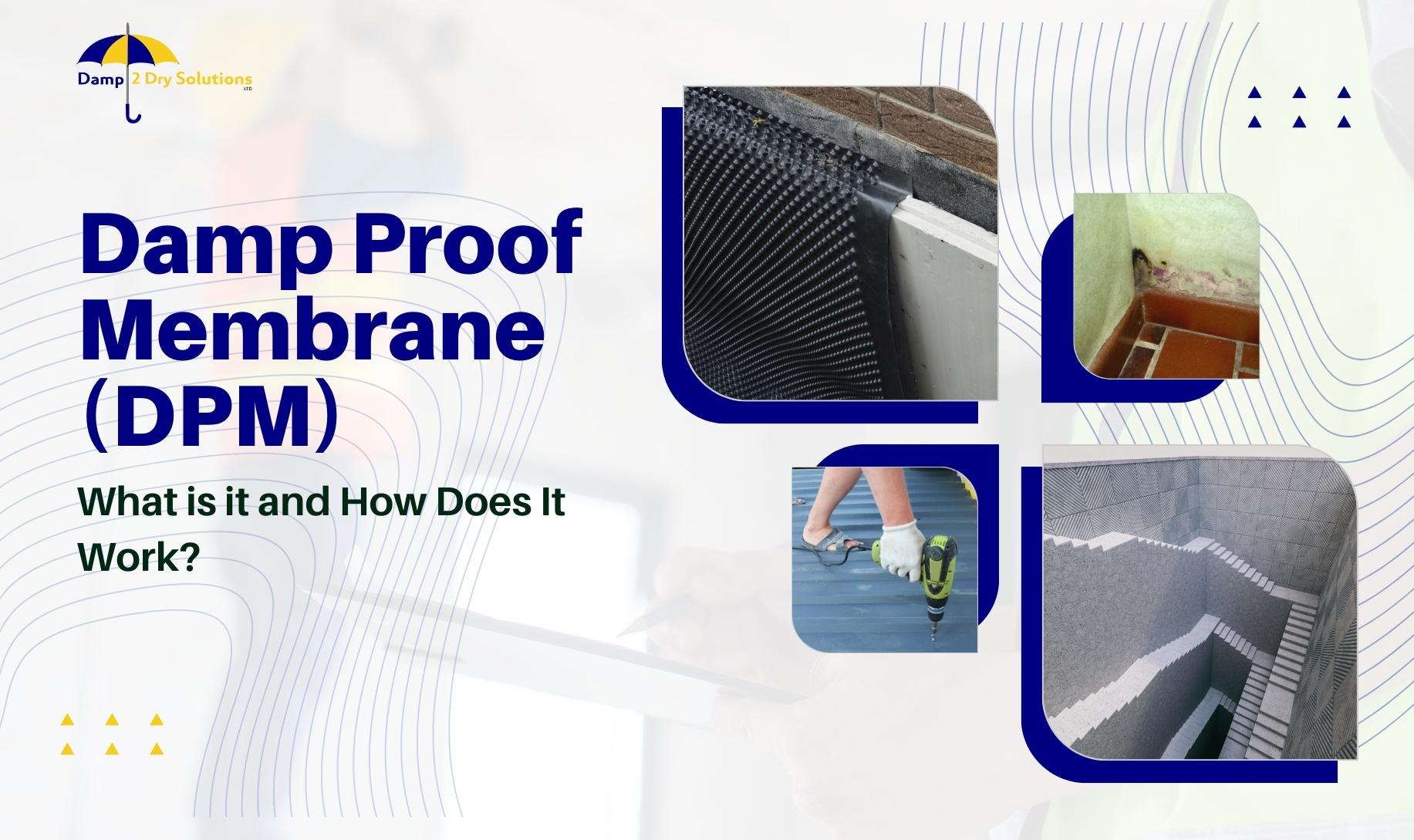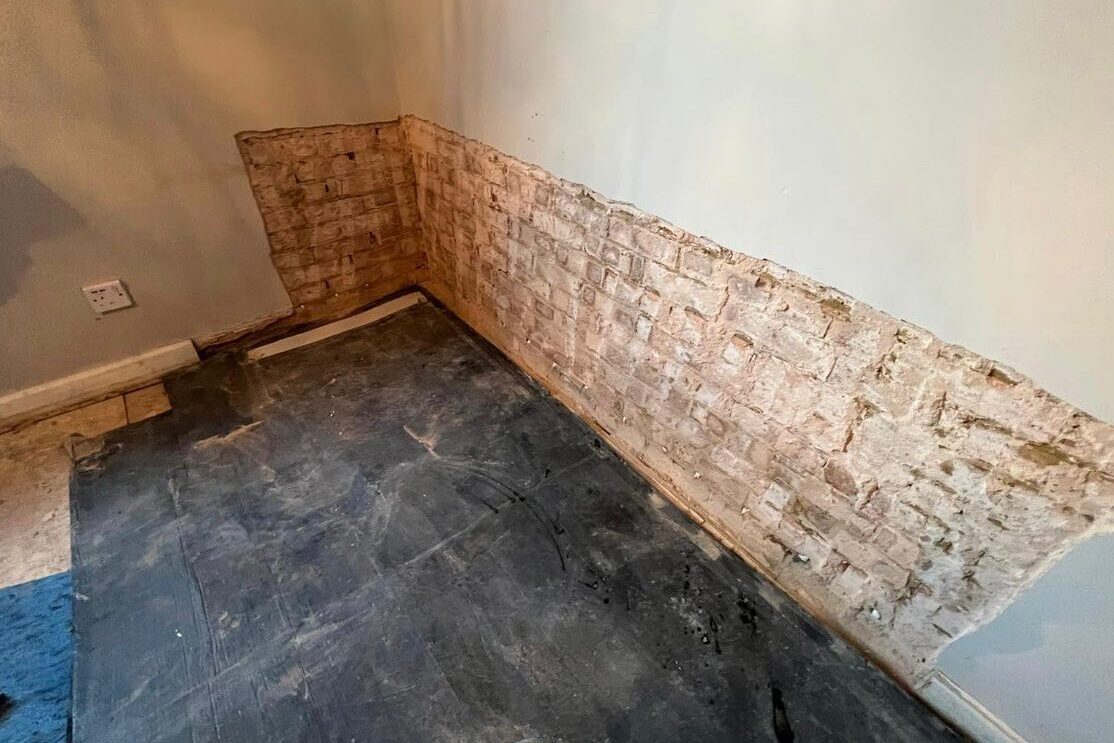Essential overview to understanding rising damp and damp removal newcastle
Wiki Article
Checking Out the Various Methods and Solutions for Effective Damp Proofing
Dampness in structures positions substantial obstacles to both architectural stability and indoor air top quality. Numerous techniques and solutions have actually emerged to battle this prevalent problem. From conventional damp-proof membrane layers to innovative chemical therapies, each method provides distinct benefits. Recognizing these choices is necessary for effective wetness control. Selecting the right service depends on specific structure conditions and demands, motivating more exploration into the most reliable moist proofing strategies readily available.Comprehending the Root Causes Of Wetness
Moisture can emerge from numerous sources, understanding these reasons is essential for reliable removal. Typically, moisture originates from three main sources: increasing wet, permeating wet, and condensation. Climbing moist takes place when groundwater travels up-wards via permeable materials, such as brick or stone, usually due to an absence of an efficient barrier (damp removal newcastle). Permeating damp is commonly brought on by outside aspects, including roofing leakages, malfunctioning rain gutters, or harmed walls, enabling water to penetrate a building. Condensation, on the various other hand, results from excess wetness airborne, frequently intensified by poor ventilation and temperature level distinctions, resulting in water droplets basing on surfaces. Identifying these underlying problems is vital, as each kind of dampness needs a tailored strategy for removal. Proper assessment assists in figuring out one of the most reliable options, ultimately safeguarding the architectural honesty of a building and boosting interior air top qualityTypical Damp-Proof Membranes

Chemical Damp-Proofing Solutions
Chemical damp-proofing solutions offer an innovative method to avoid dampness breach in structures. These approaches commonly entail the application of fluid chemicals that pass through stonework and create an obstacle versus increasing damp. Commonly made use of chemicals consist of silanes, siloxanes, and other water-repellent agents that respond with surface area products to produce a hydrophobic layer.The application process usually calls for exploration holes into the walls, injecting the chemical service, and enabling it to cure. This method is specifically useful for older structures where conventional damp-proof membranes might be unwise. Chemical damp-proofing can be less disruptive and extra economical than comprehensive renovation projects.While efficient, these services depend on correct application and environmental conditions for peak efficiency. damp proofing newcastle. Normal maintenance and tracking are important to ensure the long life of the damp-proofing treatment. On the whole, chemical damp-proofing represents a flexible alternative for securing buildings against moisture-related damagesCavity Wall Building Strategies
Cavity wall building strategies offer many advantages, especially in dampness control and power efficiency. By integrating an air space in between 2 layers of stonework, these walls efficiently alleviate water access while boosting insulation. This mix not only protects structures from moisture however additionally adds to reduced energy consumption.Advantages of Dental Caries Wall Surfaces
When considering effective damp proofing methods, the advantages of tooth cavity walls stick out plainly. Tooth cavity wall surfaces include 2 different layers, developing an air void that effectively reduces moisture infiltration. This layout reduces the danger of wetness, as the external wall surface works as a barrier against rain and water ingress. Additionally, tooth cavity wall surfaces boost thermal insulation, which contributes to energy performance by lowering heat loss. They likewise provide audio insulation, aiding to develop a quieter interior setting. The air void allows for ventilation, which aids in dampness control and minimizes the likelihood of mold growth. These benefits not just enhance the total comfort of a structure however likewise add to its longevity and architectural stability.Moisture Control Approaches
Effective wetness control strategies are essential in dental caries wall building to assure long-term defense against wetness. One primary technique entails the incorporation of weep holes, which assist in water drain from the cavity, protecting against accumulation. Furthermore, using breathable membranes can assist take care of moisture levels while permitting trapped vapor to leave. Correct positioning of insulation is additionally vital, as it must not block water drainage paths. Making sure that the external fallen leaves of the cavity wall are built with waterproof products boosts overall resilience. Routine maintenance checks are necessary to recognize any blockages or damages early, protecting the structure's stability. Eventually, a mix of these strategies forms a robust defense against wetness invasion in dental caries walls.
Insulation and Power Efficiency
Insulation plays a vital role in enhancing power performance within dental caries wall surface building and construction. By including shielding products, these wall surfaces produce a thermal barrier that minimizes heat loss and reduces power consumption. Reliable insulation not just aids preserve a steady indoor temperature yet likewise alleviates the risk of dampness, as it protects against condensation within the wall tooth cavity. Numerous techniques, such as making use of stiff foam boards or mineral wool, can be utilized to achieve excellent insulation efficiency. Furthermore, proper installment is vital to guarantee that voids and gaps are decreased, which can otherwise endanger energy efficiency. Eventually, a well-insulated cavity wall surface contributes greatly to general sustainability and lowers cooling and heating prices for property owners.Exterior Damp Proofing Techniques
External moist proofing approaches are crucial for securing structures from wetness seepage. Two reliable methods consist of the application check over here of waterproof membrane layers and the installation of French drains. These remedies help minimize water accumulation and protect the honesty of buildings.Waterproof Membrane Layer Application
While various techniques exist for preventing wetness access, the application of water resistant membrane layers continues to be an extremely efficient exterior damp proofing method. These membrane layers are generally made from products such as polyethylene, rubber, or changed bitumen, offering a durable obstacle versus water penetration. The setup procedure involves applying the membrane to the outside surface areas of walls or foundations, making sure total insurance coverage to stop leaks. Appropriate attachment and securing at joints are critical to making best use of effectiveness. Water-proof membrane layers can be used in various types, consisting of liquid finishings and sheet membrane layers, permitting flexibility based on the particular demands of the structure. This technique not only secures buildings from moisture however likewise enhances their longevity and structural integrity.French Drain Installment
One reliable approach for taking care of groundwater and protecting against dampness build-up around a building's foundation is the installation of a French drainpipe. This water drainage system is composed of a trench filled up with gravel and a perforated pipe that reroutes surface area water away from the foundation. Correct installment needs cautious planning, ensuring that the drainpipe slopes away from the framework to promote ideal water circulation. In addition, the place of the drain is essential; it must be positioned in areas vulnerable to pooling or excess moisture. Normal maintenance, including clearing up debris from the gravel and making certain the pipe remains unhampered, is necessary for long-lasting effectiveness. Inevitably, a well-installed French drain can greatly reduce the threat of water-related problems in cellars and foundations.Inside Waterproofing Techniques
Inside waterproofing methods are vital for shielding a building's inside from wetness seepage and prospective water damages. These techniques commonly include the application of customized materials and strategies developed to develop a moisture barrier within the framework. One common strategy is the use of water-proof coverings or sealers on walls and floors, which protect against wetness from passing through surfaces.Additionally, installing indoor drainage systems, such as sump pumps, can efficiently take care of water accumulation in basements and creep rooms. One more approach involves the use of vapor obstacles, which are mounted to inhibit wetness motion from the ground right into living spaces.Moreover, addressing any fractures or spaces in wall surfaces or structures with appropriate sealants ensures a comprehensive defense against water invasion. By applying these indoor waterproofing strategies, property owners can significantly minimize the danger of mold and mildew development, architectural damages, and various other moisture-related concerns. Correct implementation of these techniques is important for long-lasting security and building stability.Routine Maintenance and Assessment Practices
Routine maintenance and evaluation methods are crucial for ensuring the lasting efficiency of wet proofing solutions in any type of structure. Routine checks make it possible for residential or commercial property proprietors to determine early indicators of dampness intrusion, such as peeling paint, mold growth, and stuffy odors. These indicators can signal underlying concerns that need prompt attention.Inspections ought to be conducted at least yearly, concentrating on at risk locations like cellars, creep spaces, and outside walls. During these analyses, homeowner should check out sealers, drainage systems, and air flow to verify they operate correctly.Additionally, preserving downspouts and seamless gutters is necessary, as blocked systems can bring about water build-up near the structure. Carrying out check a regular maintenance schedule, together with prompt repair services, can considerably prolong the life-span of moist proofing actions and secure the structural stability of the structure. Positive actions eventually add to the overall wellness and safety of the view publisher site living setting.Frequently Asked Concerns
Just How Long Does Damp Proofing Typically Last?
The period of wet proofing efficiency differs, typically lasting between 20 to half a century. Elements such as application high quality, ecological conditions, and maintenance techniques significantly affect the long life of the damp proofing treatment.
Can I Damp Proof My Home Myself?
The specific considered the expediency of DIY damp proofing. With correct research study and the best materials, it is feasible. Nevertheless, they also identified the value of expert guidance to assure lasting effectiveness and protect against future problems.What Are the Indications of Ineffective Damp Proofing?
Indicators of ineffective wet proofing include consistent moldy smells, visible mold and mildew growth, peeling paint, wet patches on wall surfaces, and wood degeneration - mould removal newcastle. Homeowners must address these problems without delay to stop more damage and wellness issuesDoes Damp Proofing Affect Indoor Air Quality?

Just How Much Does Specialist Damp Proofing Expense?
Professional wet proofing expenses differ significantly, usually ranging from $1,000 to $5,000 depending upon the home's size, the level of the damp concern, and chosen approaches. Each circumstance calls for a tailored analysis for precise rates. Typically, wetness originates from 3 primary resources: increasing damp, permeating damp, and condensation. When thinking about reliable moist proofing approaches, the advantages of tooth cavity wall surfaces stand out prominently. Exterior damp proofing techniques are essential for safeguarding frameworks from moisture infiltration. While numerous methods exist for stopping dampness ingress, the application of water resistant membrane layers remains an extremely reliable exterior damp proofing method. Indicators of inadequate damp proofing include relentless musty odors, visible mold and mildew development, peeling off paint, damp patches on walls, and timber degeneration.Report this wiki page